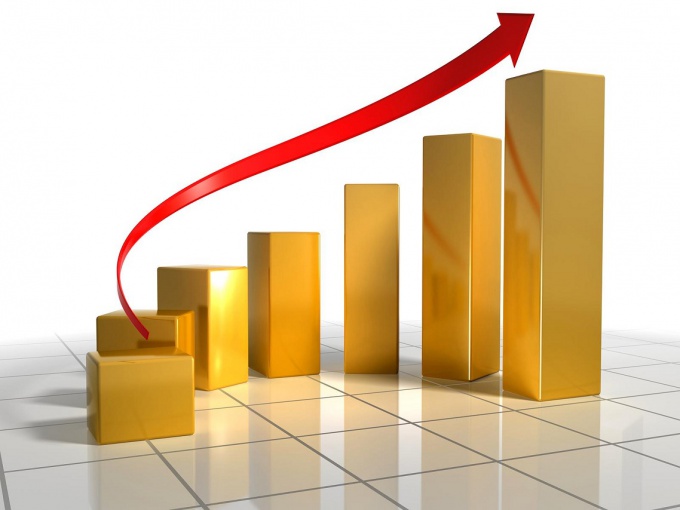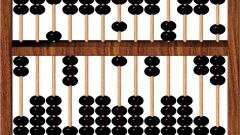Instruction
1
Determine which dynamic variables you need to calculate: chain, baseline or average for the entire analyzed period. Chain are referred to as indicators of the intensity value changes from period to period or from date to date within the borders of the analyzed period. Benchmarks relate to the period defined as a base usually is the initial level values in the analyzed period. The pace of growth is expressed in percentage to baseline or previous period. If it is expressed by a simple relationship between the two comparands, then it is called the coefficient of growth.
2
Determine absolute values withgrowth indicators (P), they are equal to the difference of the two compared levels. The coefficient of growth (K I), chain or base, calculate as a ratio of current values to previous or base period.
The basic factor of growth (KB) is equal to:
KB = P /,
The coefficient of chain growth (KC) is equal to:
KC = P i/P-1 , where:
P – current absolute value withthe growth of values, the value of the index base period, P-1 – the absolute values of the previous period.
The basic factor of growth (KB) is equal to:
KB = P /,
The coefficient of chain growth (KC) is equal to:
KC = P i/P-1 , where:
P – current absolute value withthe growth of values, the value of the index base period, P-1 – the absolute values of the previous period.
3
Express the ratio of growth in interest and you will get the value of tempand growth (Tr):
Tr = Ki * 100%.
Tr = Ki * 100%.
4
Semantic and statistical load base and chain - pacedand growth different. With the help of benchmarks can reflect intensity changes over the entire period since the start of the measurements. By chain the pace ofs growth rate changes in fixed time intervals. In General, the pace of growth shows the percentage level of the current period is from the initial, baseline value of the indicator. It is easy to see that the product of the value chain the pace ofs growth should be equal to the base tempofrom growth over the period.
Useful advice
For analytical calculations is used or the growth factor or the growth rate, in essence they are identical, and are expressed only in different units of measurement.



